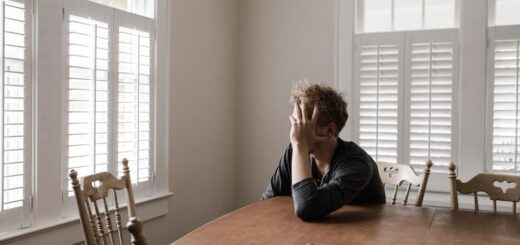yoga room ideas: essential components of a yoga room at home
There are plenty of reasons to practice yoga, from improving flexibility and posture to increasing mindfulness. However, it’s not always easy to fit in a daily visit to the studio. Creating a yoga room at home gives you the ability to work on your sun salutations and pranayama at any time of the day. This is what to keep in mind when designing a harmonious space for yoga.
1. Location of the yoga room in your home
The first step is to choose a location. Whether it’s a small bedroom, a sectioned corner of the living room, or a converted office, interior spaces should ideally be located away from high-traffic areas of the home. Outdoor spaces are ideal for those who live in a temperate climate, as is any space with plenty of natural lighting and outside views.
You may also like to read how to remove shower handle.
2. Decoration
A home yoga room should reflect what makes you feel intuitively good, so create a relaxing environment with decorative touches like soft-lit lamps or strings of paper lanterns. Natural elements like shells, crystals, and stones can help you feel closer to nature. Consider using the Swedish design principle of ‘lagom’ to create a relaxing, minimalist space with neutral colors, natural materials, and a relaxed aesthetic.
You may also like to read hot ground reverse.
3. Drishti
Provide a focal point or ‘Drishti’ for your yoga sessions to help you maintain balance and clear your mind. It can be a photograph hanging on the wall or a textured rug on the floor. Avoid over-decorating the yoga room with too many points of interest, or you may find it more difficult to focus on your Drishti.
You may also like to read fruit decoration ideas.
4. Plants
Bringing the outside in is a much-appreciated concept in contemporary home design, and this works equally well in yoga room décor. Choose a space with access to the outside, opening windows to awaken the senses. Enhance this feeling of being in tune with nature by filling your home yoga room with a touch of greenery, from vines to succulents.
You may also like to read cut grass with scissors.
5. Environment
For hot yoga or Bikram sessions, you can combine the intensive humidity effects of a humidifier with the temperature-raising impact of a powerful radiator. Ideally, you should be able to reach 40% humidity and 40 degrees Celsius for optimal Bikram conditions. Engineered or Marley-type wood floors work best in high humidity.
6. Equipment
Choose a small corner to store a yoga towel and a relaxing blanket made of natural fibers. You can also purchase a set of yoga blocks to help you achieve poses in comfort. Or a strap to assist you with flexibility by making many difficult poses more accessible. A full-size mirror is a must-have in your yoga room, allowing you to see and adjust poses as needed.
If you find it difficult to achieve full concentration in your solo practice. You might consider adding a set of Bluetooth speakers to your home yoga room so you can follow a guided meditation or online class. You can also increase ambient sound by placing a gong in the room. Or investing in singing bowls to emit calming frequencies.
Ultimately, your home yoga room should be quiet, uncluttered, and inviting. With adequate floor space to perform your routine without hindrance. Whether you’ll be using it for fast-moving sets or morning meditation, your yoga room should feel authentic to you.














